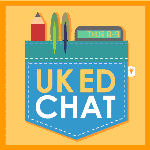Narrative accounts follow a particular linearity, which lends itself to being captured as a series of images. These images can be the essential storyline, which then supports a recount, either orally, in writing, or more subtly as animation.
According to kdmcBerkeley Multimedia Storytelling Institute 2013:-
A storyboard is a sketch of how to organise a story and a list of its contents. It helps you:
- Define the parameters of a story
- Organise and focus a story
- Figure out what medium to use for each part of the story
The idea in essence is very simple, in that it is simply a series of drawn or photographed images collated to tell a coherent story. An example below comes from http://accad.osu.edu/womenandtech/Storyboard%20Resource/ . It is possible to create an accompanying story, which could be oral, as a rehearsal for writing later. So, it would be as possible to look at this as a means of capturing a science experiment, an historic event, a D&T task report or an outdoor/offsite experience as it would be to determine the narrative direction of a story, in any genre.
The storyboard would become the “script” for an oral recount to at least one partner, to be followed by the drafting of the first “chapter”. Engagement, feedback, reading aloud to a partner, followed by adaptation, might lead to a second draft. Home activity can support successive drafts, with editing and redrafting becoming part of the main lesson.
“Concertina” story books are very useful simple storyboards, for a younger writer to write one sentence per page. Front and back can be used to extend the story if wanted.
It can be used to capture the life cycles of animals or plants, becoming a linear diary, or the main parts of a science exploration. Equally a history recount could be “concertina-ed”, make a concertina or folded story book.
If in doubt, storyboard.
Capture ideas and discuss them. Easy as A,B,C.
For further writing frames and to embed them into a process approach to writing, have a look here.
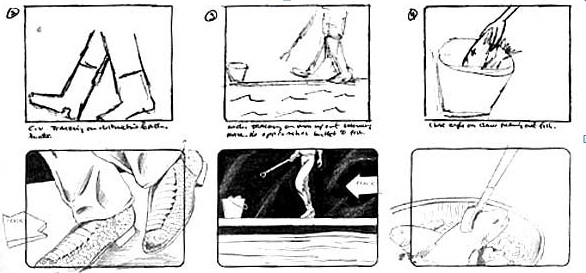

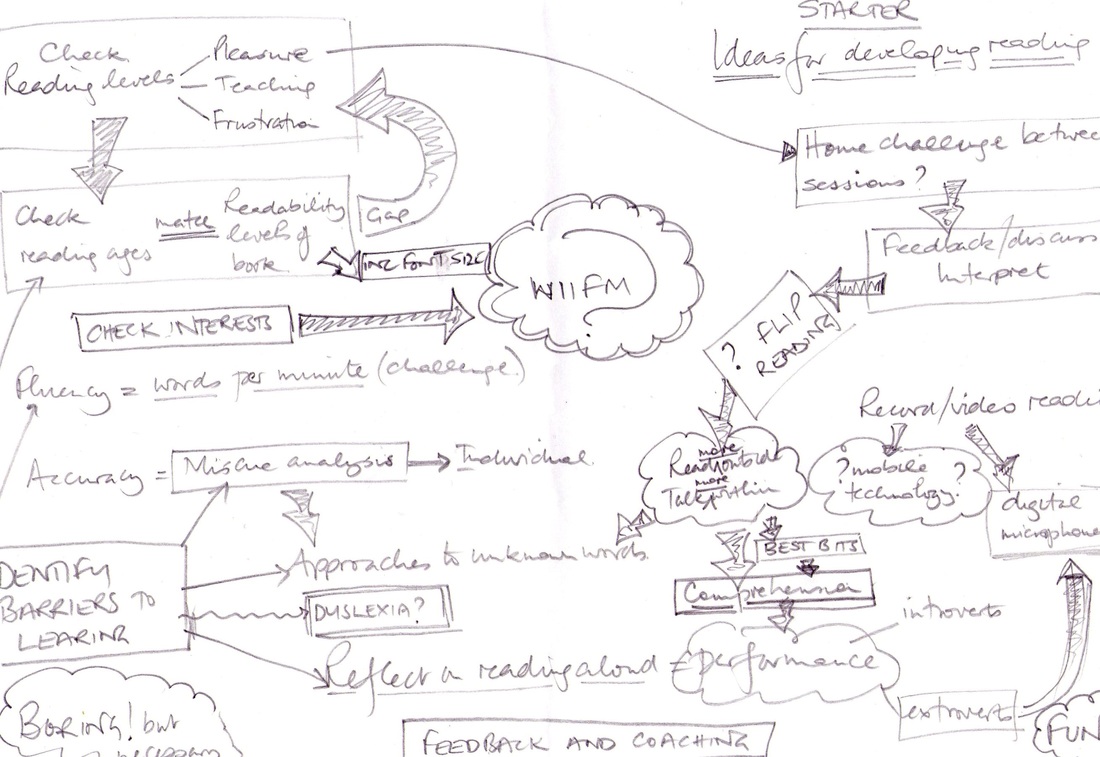
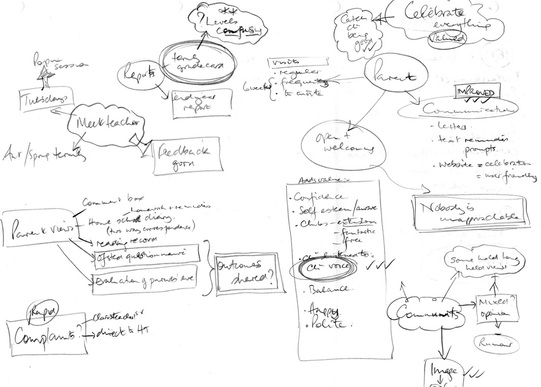
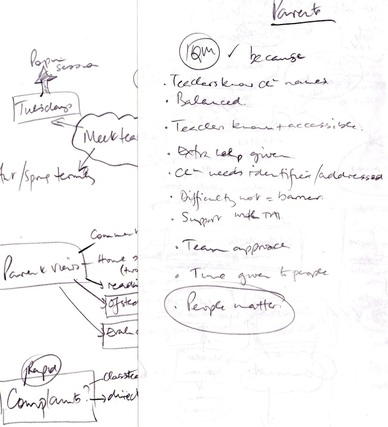

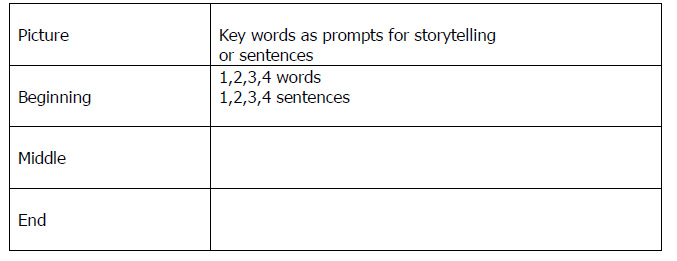
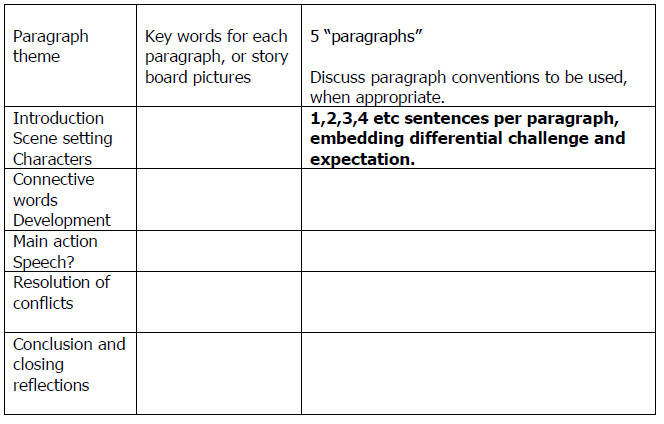


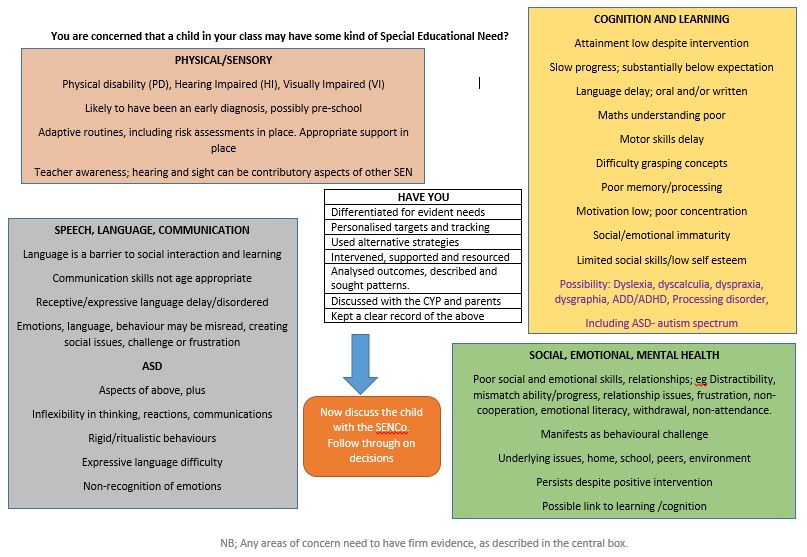
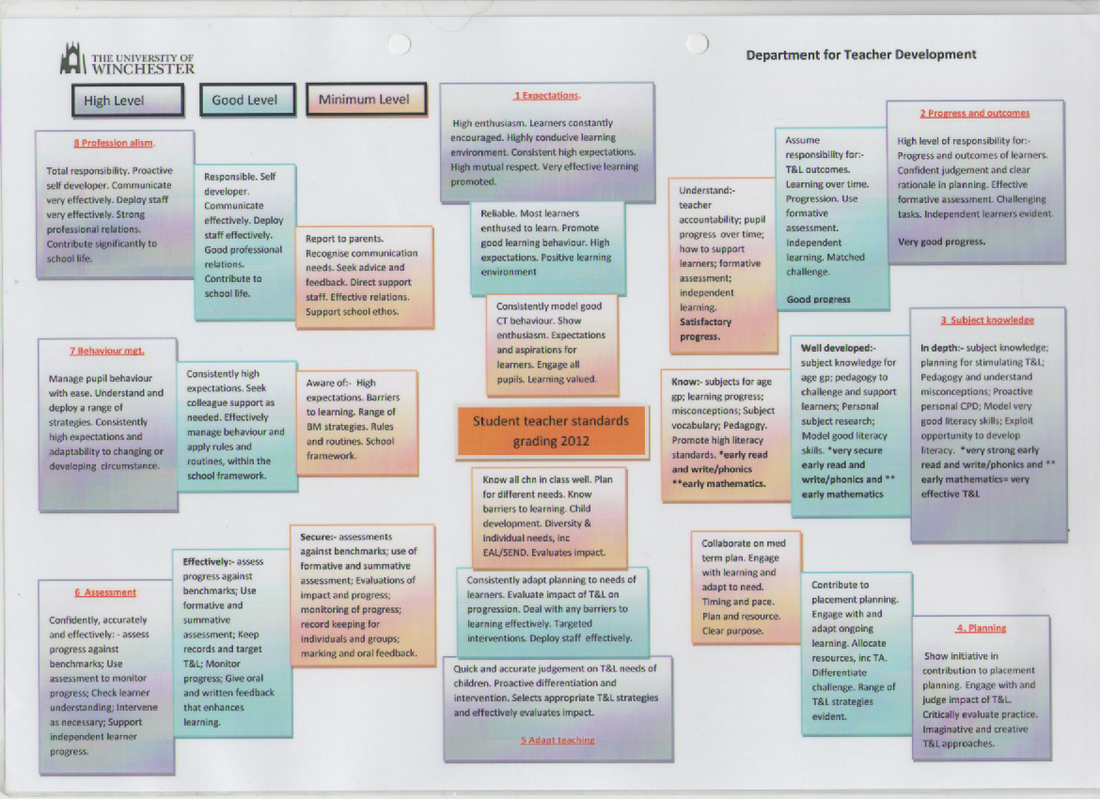
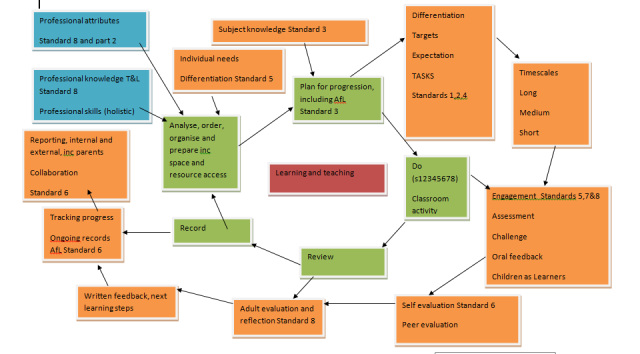
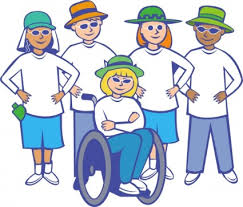


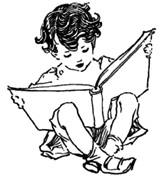

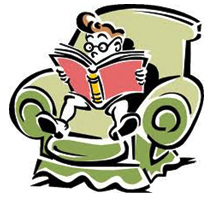

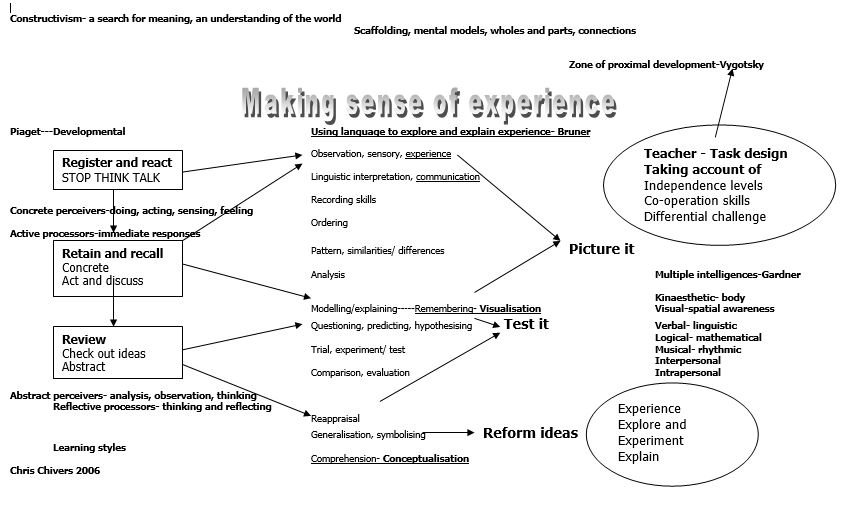

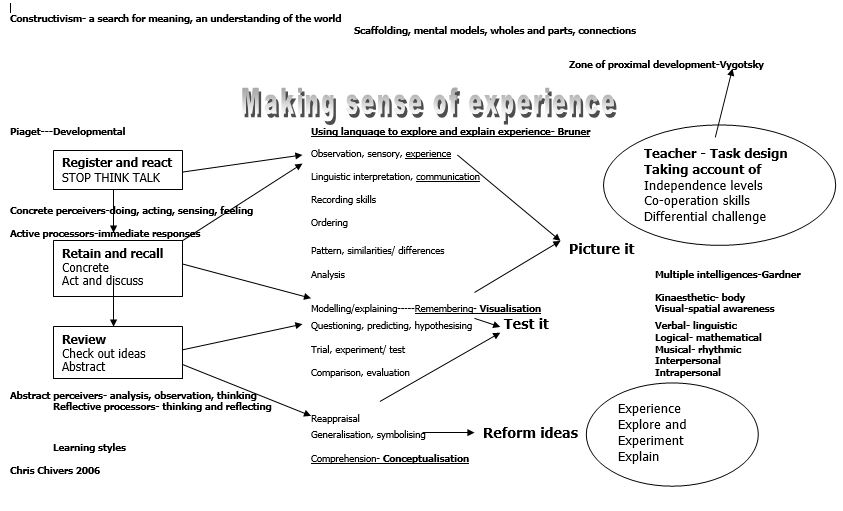
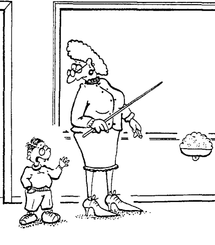

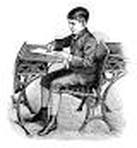
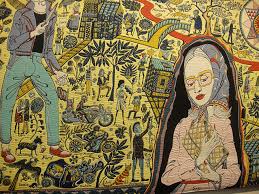




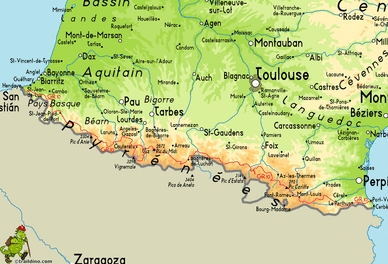
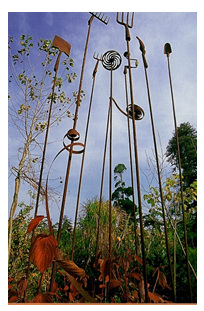
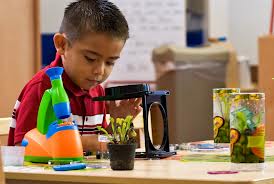
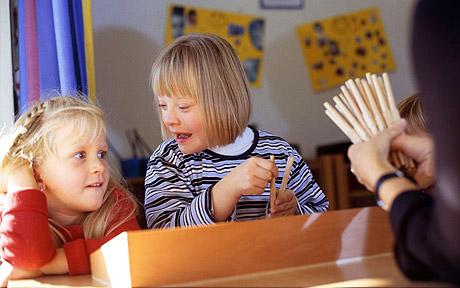
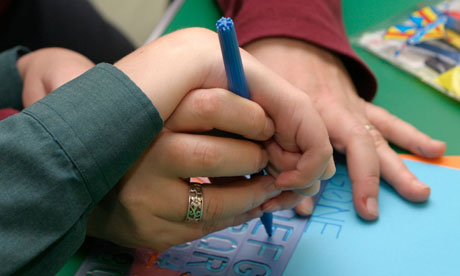
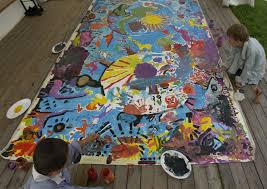


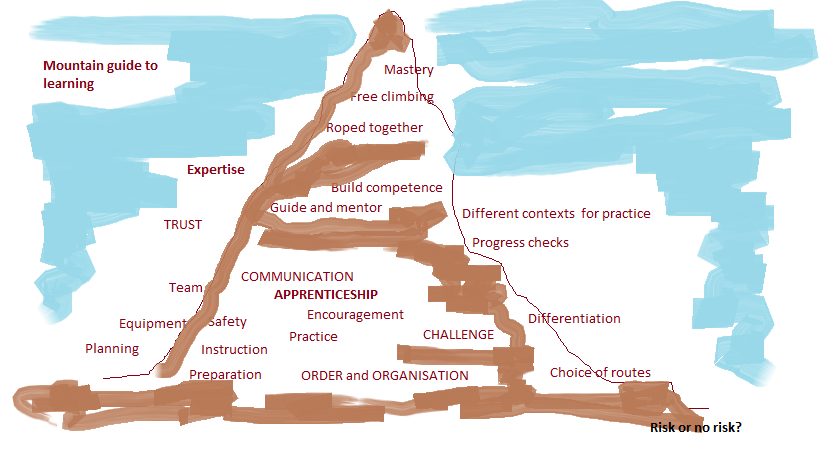

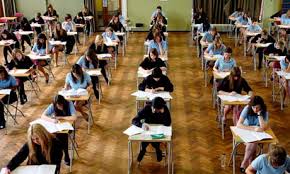


 RSS Feed
RSS Feed
